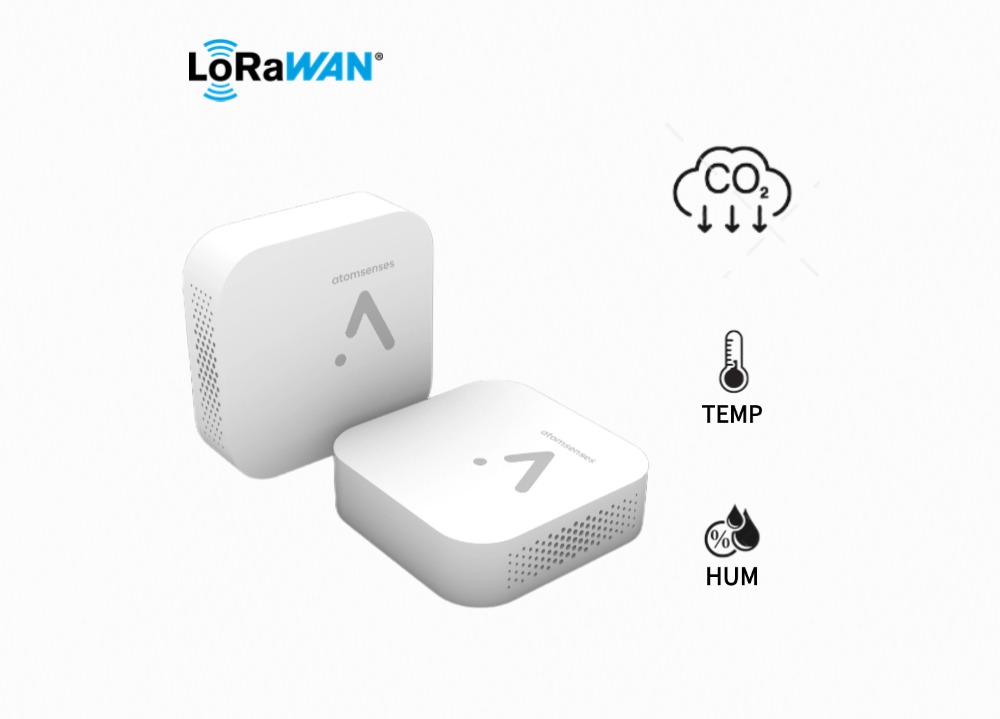You’ve likely heard the term “CO2” thrown around, especially in discussions about climate change. But did you know there are sensors specifically designed to measure this important gas? These are calledCO2 sensors, and they play a crucial role in various aspects of our lives, from monitoring indoor air quality to ensuring safe working conditions in industrial settings.
What is a CO2 Sensor?
A CO2 sensor is a device used to measure the concentration of carbon dioxide gas in the air. These sensors are vital for monitoring indoor air quality, the function of the lungs (as in capnography), and numerous industrial processes. The most common types of CO2 sensors are nondispersive infrared (NDIR) gas sensors and chemical gas sensors.
How Do CO2 Sensors Work?
- Nondispersive Infrared (NDIR) CO2 Sensors
NDIR sensors are the most prevalent type of CO2 sensors. They work based on the principle of infrared spectroscopy. Here’s a step-by-step breakdown of their operation:- Infrared Source: An infrared light source emits light.
- Light Tube: The emitted light passes through a light tube.
- Interference Filter: A wavelength filter ensures that only light of a specific wavelength, characteristic of CO2 absorption, passes through.
- Infrared Detector: The light then reaches an infrared detector.
- When CO2 gas is present in the light tube, it absorbs some of the infrared light. The detector measures the amount of absorbed light, which correlates to the concentration of CO2. NDIR sensors are known for their accuracy and are commonly used in various applications, including beverage carbonation, pharmaceutical fermentation, and CO2 sequestration.
- Photoacoustic CO2 Sensors
Photoacoustic sensors measure CO2 concentration using the photoacoustic effect. This involves subjecting the gas sample to pulses of electromagnetic energy tuned to the CO2 absorption wavelength. CO2 molecules absorb this energy and generate pressure waves, which are detected by an acoustic detector. These waves are then converted into a CO2 reading by a computer or microprocessor. - Chemical CO2 Sensors
Chemical sensors use sensitive layers based on polymers or heteropolysiloxane to detect CO2. They offer the advantage of low energy consumption and can be miniaturized for integration into microelectronic systems. However, they face challenges such as short and long-term drift effects and a relatively short lifespan compared to NDIR sensors. - Estimated CO2 Sensors
In environments like offices or gyms, where human respiration is the primary source of CO2, estimated CO2 sensors can provide a useful approximation. These sensors rescale easy-to-measure quantities like volatile organic compounds (VOC) and hydrogen gas concentrations to estimate CO2 levels. While they are cost-effective and good for long-term use, their accuracy can be compromised by non-respiratory sources of VOCs or CO2.
Applications of CO2 Sensors
CO2 sensors have a wide range of applications across different fields:
- Indoor Air Quality: Monitoring and improving air quality in homes, offices, and other indoor environments.
- HVAC Systems: Used in demand-controlled ventilation systems to regulate airflow based on occupancy.
- Industrial Processes: Essential in processes like beverage carbonation, pharmaceutical fermentation, and CO2 sequestration.
- Healthcare: Used in capnography to monitor lung function.
- Greenhouses: Monitoring CO2 levels to optimize plant growth.
- Safety: Detecting CO2 levels in confined spaces, marine vessels, and mines to ensure safety.










